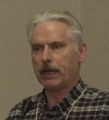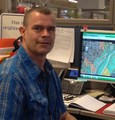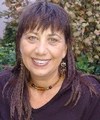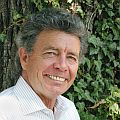Parksville 2019 on YouTube > Improving Where We Live – “What are the commons? Those are places in the community that everyone has a right to access, and draw value from,” stated Tim Pringle, Chair, Ecological Accounting Process (EAP) Initiative (April 2019)

“The commons add value to quality of life. They add property value. There are two kinds of commons – natural and constructed,” stated Tim Pringle. “The concept of natural capital and natural assets can be a challenge to integrate effectively into asset management practices. Local governments need ‘real numbers’ to deliver outcomes and support decision making. EAP deals with a basic question: what is a creekshed WORTH, now and in future, to the community and various intervenors?”










